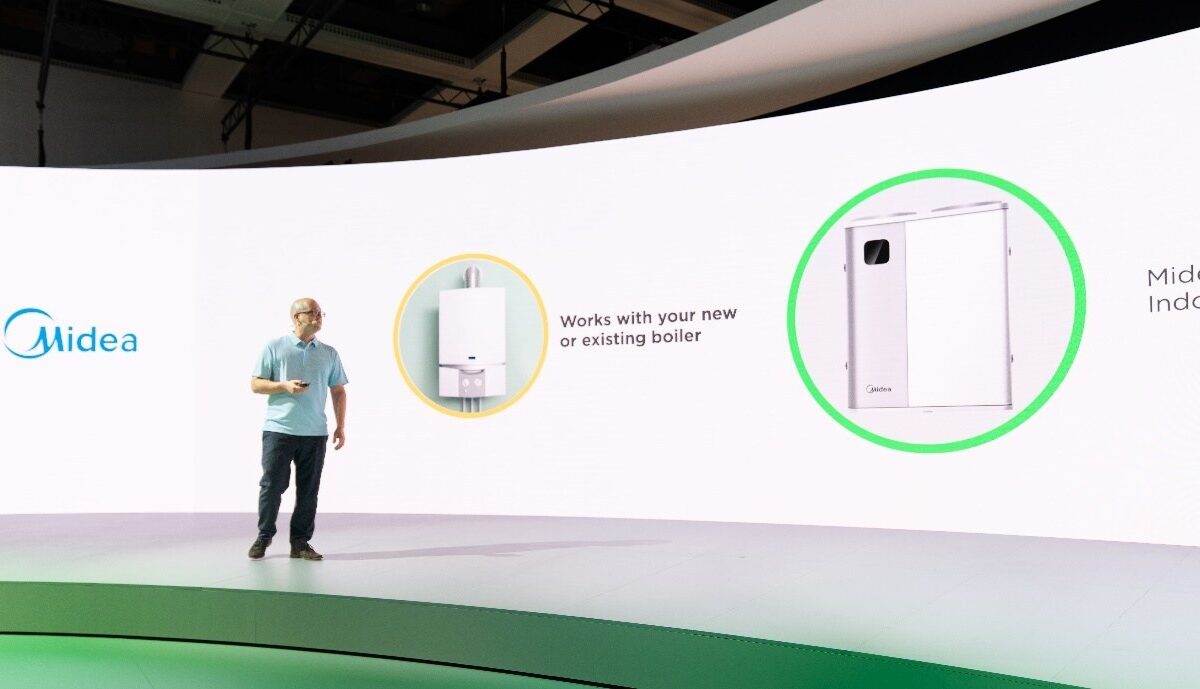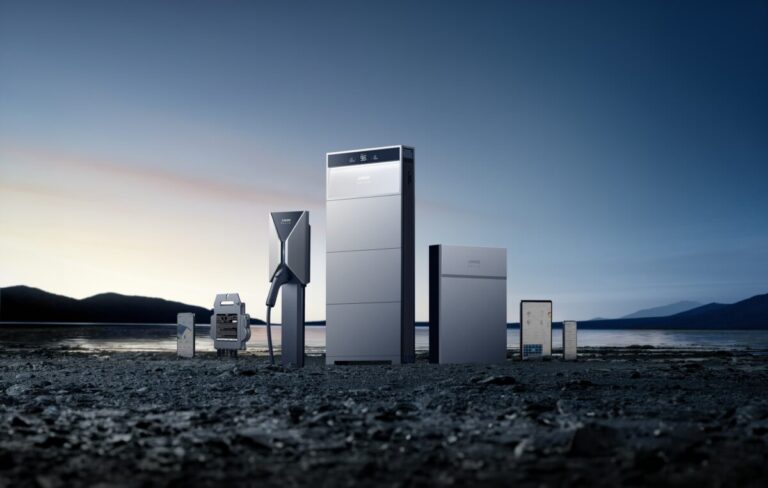Anker SOLIX’s new microinverters optimize solar energy production and storage for homeowners, said Shaun Xiong, board member and general manager of the company’s charging business. He says the company is also on track to reach its goal of zero plastic packaging by 2027.
What is important about the new Anker SOLIX X1 solar and storage solution?
Xiong: The Anker SOLIX X1 solar and storage solution marks our further development in energy independence and reflects our firm commitment to the principles of energy resilience and most accessibility. To address Power Resilience, Anker’s products can provide a stable energy supply in extreme natural environments such as snowstorms, rainstorms, high temperatures and humidity without downtime or significant performance degradation. At the same time, when the power grid fails, they can also provide immediate backup energy and provide long battery life with high power to ensure the safety of home energy and easily cope with extreme situations.
To be as accessible as possible, we have created a modular solution that can meet the energy needs of different types of homeowners, with battery capacities ranging from 5 kWh to 180 kWh and output power from 3 kW to 36 kW. Users can flexibly combine new batteries to achieve top performance without being limited by the old ones. Furthermore, due to the modular deployment of the panels, even our portable power station (PPS) can be used both at home and outdoors, maximizing usage efficiency. All in all, Anker SOLIX aims to help our customers in all different times and environments by providing stable and reliable energy to ensure a worry-free life.
What are the advantages of the X1 from Anker SOLIX and how does it compare to other systems on the US market?
Xiong: In light of increasingly common large-scale power outages caused by extreme weather conditions or power grid disruptions, Anker offers the most resilient and comprehensive whole-home backup power supply. Unlike many manufacturers who can only offer one backup power solution, the X1 solution is compatible with Anker users’ existing generators, who can enjoy seamless multi-mode switching. At the same time, by accessing disaster information from the US National Weather Service, the system will automatically charge from photovoltaic sources and grid sources at the maximum rate. A 10 kWh system can be fully charged in 2.68 hours to ensure electricity availability during disasters.
Despite extreme temperatures, Anker can provide full power all year round without any reduction from -40°C to 65°C, while the performance of traditional solutions will decrease after 45°C. This is mainly due to our better component selection and improved internal temperature distribution design, which provides better thermal redundancy. In extremely cold conditions, most energy storage systems will experience a significant reduction in charging performance or even no longer be able to charge at all. Thanks to the built-in thermal boost technology of the battery pack, Anker SOLIX ensures that the battery can charge and discharge normally at -20° C with 100% power.
Anker’s solutions can easily deal with moisture, corrosion and flooding. If a user’s energy storage system does not have anti-corrosion and moisture resistance characteristics, it is foreseeable that after heavy rains and flooding subside, the solar energy and storage equipment will require maintenance or replacement. However, the Anker SOLIX In addition, we also configure wall mounting as standard to prevent submersion of the product, maximizing the protection of the system against salt erosion and tides.
Thanks to the newly released microinverter, the X1 offers greater flexibility and endurance, helping users overcome shading problems and maximize roof space usage. The advanced frequency shifting and algorithmic control help the solution support a ratio of installed PV rated output power to ESS rated output power of up to 300%. Traditional systems are typically limited to a ratio of 100% to 150%. This capability allows a user to create more powerful and flexible PV systems, optimize for low-light conditions and scale up to six parallel energy storage units for a total capacity of 180 kWh.
Image: Anchor SOLIX
How does Anker SOLIX support its partners in their projects?
Xiong: We support our partners by providing them with both sales leads and professional support. For example, on the first day of the X1 launch, we received 4,700 high-quality leads directly from consumers and forwarded these leads to our trusted installers.
We are also building an online system that provides them with training and gives them a better understanding of the product and its installation. We have remote maintenance and diagnostics tools so our partners can easily identify any problem. If they can’t, they can easily contact our technicians and we can help them together.
What environmental benefits has Anker already achieved with its sustainable designs?
Xiong: Anker seeks to make it easy for consumers to choose an environmentally friendly product without sacrificing quality or performance – whether it’s our solar and storage solutions or our IoT products. We have already announced that we will have no plastic packaging by 2027, and we are currently on track to achieve that. In 2022 alone, we will have reduced our plastic use by 33% and switched to soy ink for packaging printing.
We launched our bio-based cable, which uses corn and sugar cane for the exterior and reduces petroleum consumption by 30-40%. We also have a biobraided cable, with 46% of the outer coating and connector housing made of bio-based nylon, and we have launched a Nano USB-C charger that is 70% smaller than the original charger.
The questions and answers in this sponsored interview article come from Anker SOLIX.
This content is copyrighted and may not be reused. If you would like to collaborate with us and reuse some of our content, please contact: editors@pv-magazine.com.
Popular content



